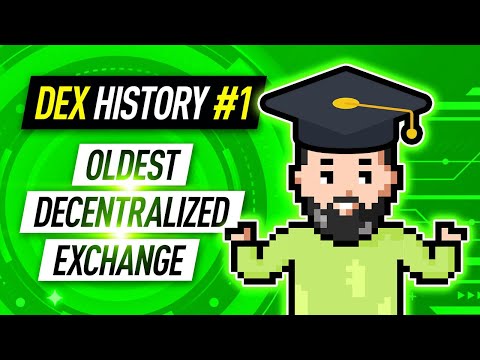
title
hey bloomies today on Bloom Academy we're kicking off a series on the oldest decentralized exchange and how they've changed the crypto game in this part we're going back to the early days around 2016 when decks like ether Delta first showed up ready let's get into it first let's talk about the matching and liquidity all right so imagine a world where you can trade crypto with zero middlemen sounds awesome right well that's what these first decks promised you could swap tokens straight from your wallet peer-to-peer but here's the catch order matching was clunky you'd post a buy or sell order and just wait sometimes for hours sometimes days for someone to match your trade not exactly the instant trading we're used to right now let's talk speed and costs since everything happened on ethereum's blockchain early decks faced serious scaling issues if the network got busy fees spiked and transactions crawled imagine paying extra just to watch your trade take forever not ideal for Traders looking for quick moves and here's the kicker governance early decks were run by small Dev teams with no input from the community there was no voting no proposals if the devs decided to change something or just abandon the project users had to deal with it not the best for building trust or a loyal user base so bloomies these early dexes were a huge leap forward but had some big issues they opened the door for decentralized trading but liquidity speed and governance were major challenges but don't worry in the next part we're diving into the rise of automated market makers and how they solved some of these early problems so hit that like button subscribe and I'll catch you in part two
Ready to join the Musk Empire? Believe in the project? 🤔 Join now




 Bengali
Bengali Chinese (Simplified)
Chinese (Simplified) English
English Hindi
Hindi Indonesian
Indonesian Irish
Irish Spanish
Spanish Swedish
Swedish Turkish
Turkish